10 Lesser-Known Spies You Should Know About
#1. Nancy Wake: Flirted her way through checkpoints and karate-chopped a Nazi guard to death
In the 1930s, an Australian journalist named Nancy Wake went to Germany to learn about fascism and interview Adolf Hitler. Seeing the terrible things happening there, especially the mistreatment of Jewish people, changed her life forever.
During World War II, she fought against the Nazis, saving many Allied lives. The Gestapo, the Nazi secret police, wanted her badly.
When Germany invaded France in 1940, Nancy joined the resistance to help Jewish refugees and Allied soldiers escape to safety in Spain. She got the nickname “White Mouse” because she was good at avoiding capture, even flirting with German soldiers to get through checkpoints.
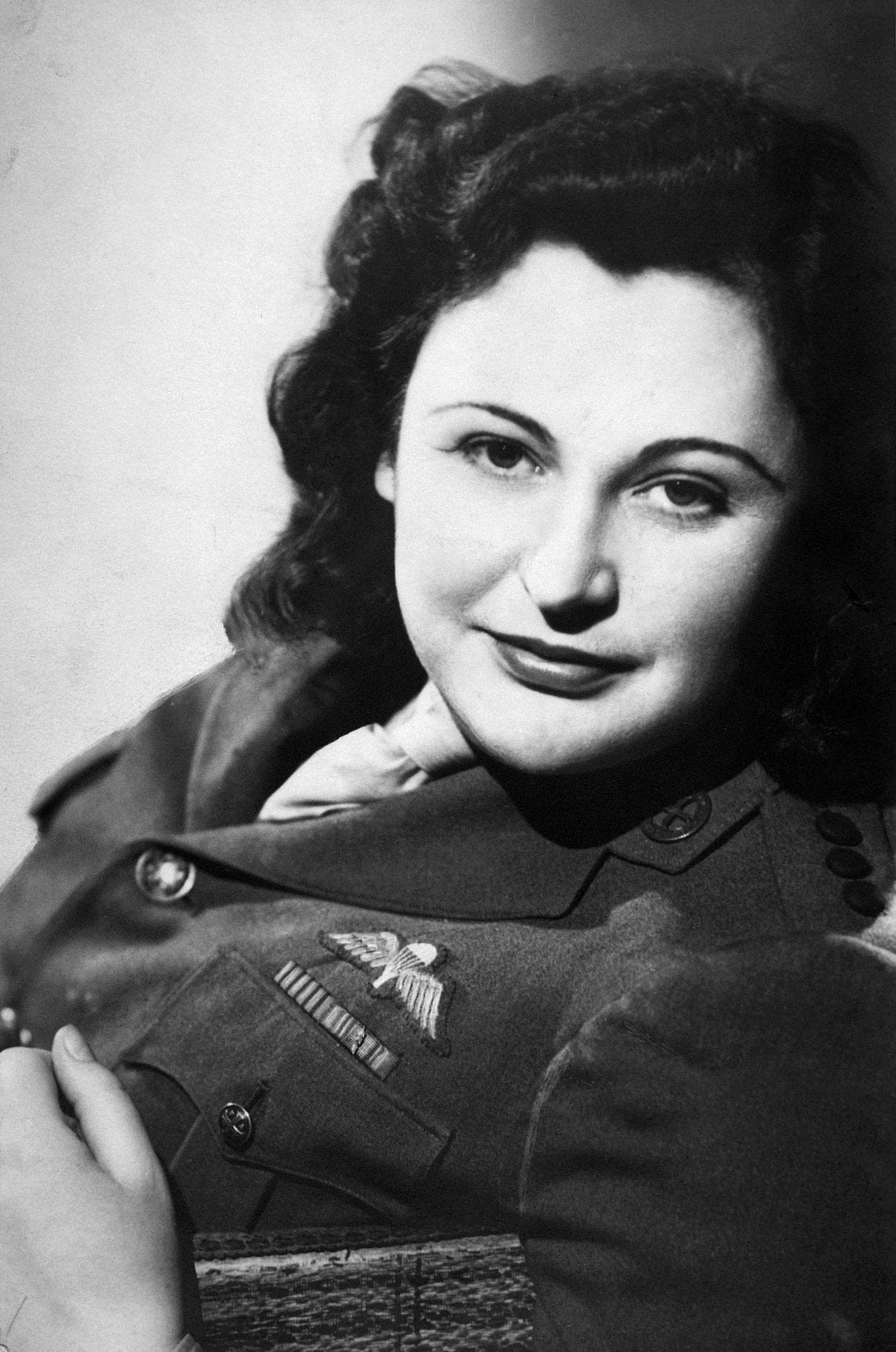
In 1943, Nancy knew the Gestapo was getting close, so she fled to Spain and then to Britain. There, she convinced special agents to train her as a spy and fighter. In April 1944, she parachuted back into France to lead a group of 7,000 fighters in attacking German troops before the D-Day invasion.
Before Paris was freed from the Nazis, Nancy did some daring things. She killed a German guard with one hit, got rid of a female German spy, fought her way past roadblocks, and biked for 70 hours through dangerous Nazi areas to give radio codes to the Allies.
Nancy Wake lived a long life and passed away in August 2011 at the age of 98. Her bravery during World War II made her a hero.
#2. Boris Yuzhin: Used a camera concealed in a cigarette lighter to leak KGB secrets to the FBI
In July 1975, the Soviet intelligence sent Boris Yuzhin to San Francisco. He pretended to be a visiting scholar and later a news reporter, all while secretly watching over student activities.
Even though he was taught to see America as an enemy, Boris felt comfortable there and started to doubt his own country’s actions. By 1978, he started sharing information about his friends and KGB activities in California with the FBI.

Boris almost got caught a few times, like when a Soviet Consulate worker tried to light his cigarette lighter, which had a hidden camera for taking pictures of important papers. His time as a double agent ended in 1986 when Aldrich Ames, a CIA officer spying for the KGB, exposed him.
Boris ended up in a Siberian prison for six years, which was unusual because traitors in the Soviet Union usually got executed. Now, he lives in Santa Rosa, California.
#3. Anna Smith Strong: Used laundry to arrange clandestine meetings during the American Revolution
In 1778, during the American Revolution, George Washington asked a young cavalry officer named Benjamin Tallmadge to set up a spy network on Long Island, New York.
This group, called the Culper Spy Ring, became really good at gathering information. One of its members, Anna Smith Strong, played a crucial role by connecting other agents living nearby with Washington’s headquarters in Connecticut.
Anna would hang a black petticoat on her clothesline to let Caleb Brewster know he could come pick up messages. Caleb would then row across the Long Island Sound in his boat. Anna would set up secret meetings by arranging clothes in a special way to send coded messages about when and where to meet.
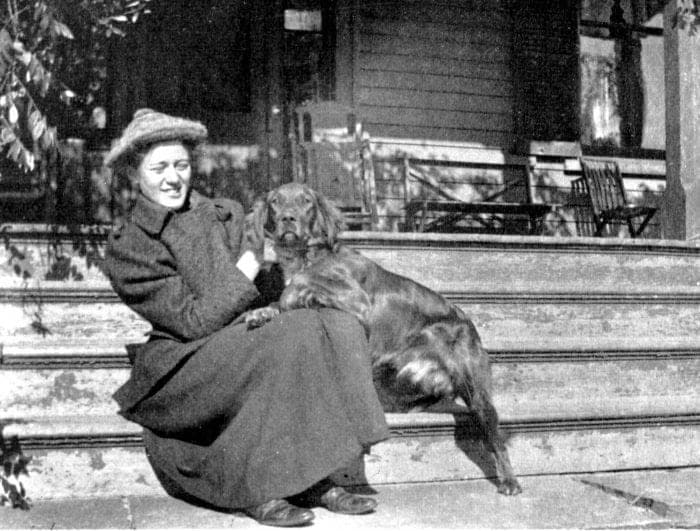
#4. Elizabeth Van Lew: Led a spy ring for the Union during the Civil War
Elizabeth Van Lew grew up in a wealthy family that owned slaves in Richmond, Virginia. But she started to dislike slavery after going to a Quaker school in Philadelphia. When the Civil War started, she began helping Union soldiers who were captured by the Confederates. She also gathered important information about Confederate plans from both prisoners and guards.

In late 1863, General Benjamin Butler asked Elizabeth to be a spy for the Union. She agreed and soon led a whole group of spies in Richmond. With the help of her servants, especially Mary Bowser, who was also a spy, Elizabeth sent secret messages to Union officers. Sometimes she used invisible ink and hid the messages in eggs or vegetables.
Elizabeth convinced more people to join her spy group, including someone important from Libby Prison. When Richmond was taken over by Union forces in April 1865, Elizabeth proudly flew the American flag above her house.
#5. Marthe Cnockaert: Healed Germans to help the British during World War I
In 1914, when Marthe Cnockaert’s small Belgian village was destroyed by German troops, she was only 22 years old. Despite feeling sympathetic to the Allies, she needed to find work to support her family. She took a job at a hospital for wounded German soldiers and even earned a medal, the German Iron Cross, for her medical help.
One day, a neighbor asked Marthe to spy for the British. At first, she wasn’t sure, but she agreed to do it. For two years, she listened to German officers talk about military secrets and then passed that information on to other secret agents.
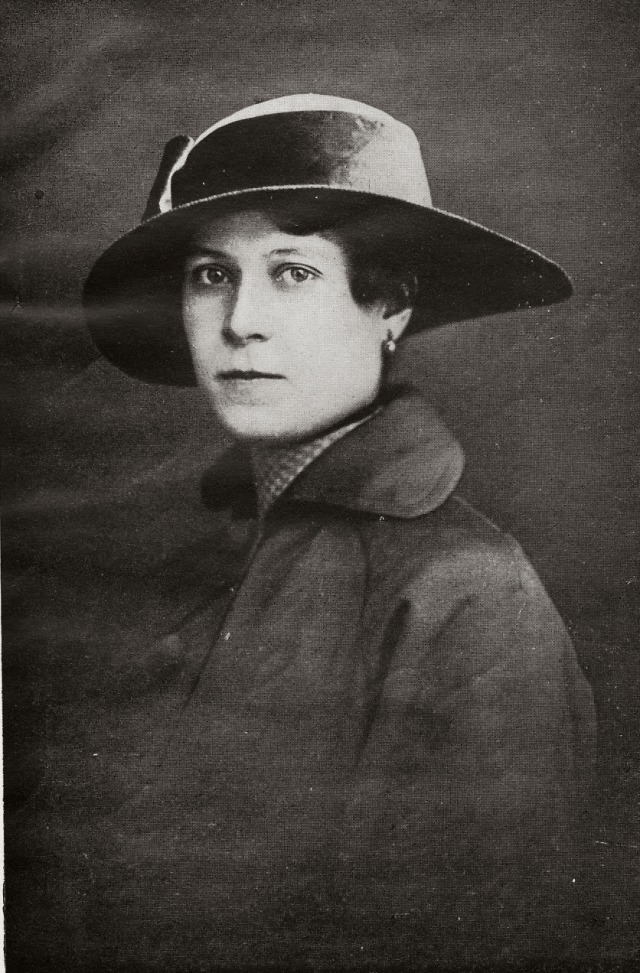
But that’s not all she did. Marthe also arranged for a German who wanted her to spy on the British to be killed. She blew up a place where the Germans kept their ammunition, helped plan attacks with airplanes, and helped prisoners of war escape. All the while, she felt guilty about putting the injured soldiers she had treated in danger.
The Germans eventually found out about what Marthe was doing and put her in prison for two years. After the war, she was honored by Winston Churchill and wrote a book about her experiences during the war.
#6. John Scobell: Posed as a slave to gather information behind Confederate lines
John Scobell, a former slave from Mississippi, worked secretly for Allan Pinkerton, who was in charge of Union intelligence during the Civil War. Scobell did many secret missions, pretending to be a cook, field worker, or butler to listen in on Confederate leaders.
Once, he even worked as a deckhand on a boat owned by someone who supported the Confederacy. He gathered important information about the enemy’s plans and where their soldiers were going.
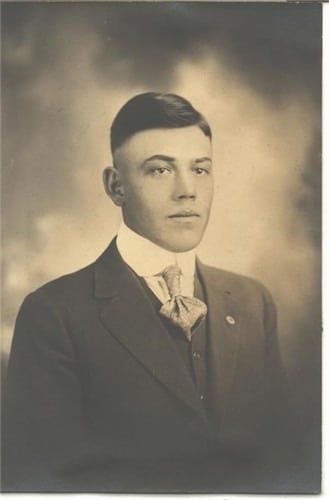
Scobell also convinced members of a secret group of escaped slaves to help as messengers and tell Pinkerton about what was happening in their area. In one story from Pinkerton’s book, Scobell was pretending to be the servant of a Union woman named Carrie Lawton when Confederate agents attacked them. In the fight, Scobell bravely fought off the Confederates, saving both Lawton and himself.
#7. Eugene Bullard: Spied on Nazi officers who visited his Paris nightclub
Eugene Jacques Bullard was born in Columbus, Georgia, in 1894. As a teenager, he went to Europe, working as a boxer and interpreter to earn money.
When World War I started, he joined the French army and became the world’s first black fighter pilot.
He later married a French countess’s daughter, opened a nightclub in Paris, and hung out with famous people like Josephine Baker, Louis Armstrong, and Ernest Hemingway.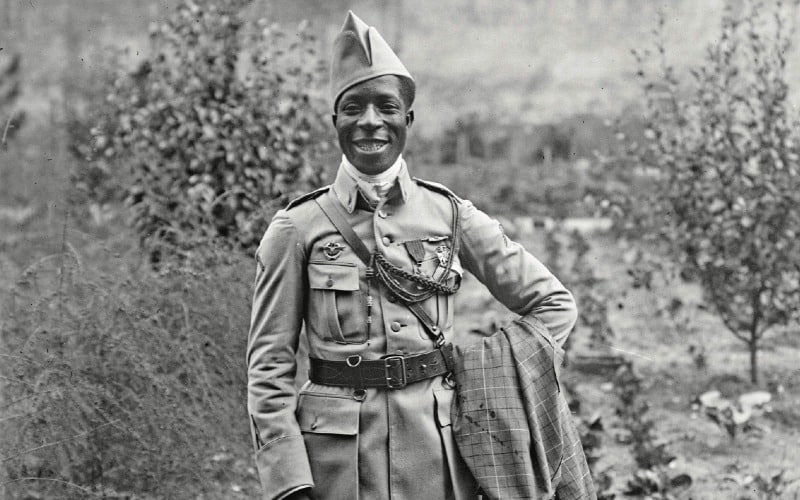
During World War II, Bullard helped France again by joining the resistance against the Nazis. He used his knowledge of German to spy on Nazi soldiers who came to his nightclub. Because he was black, the Nazis thought he couldn’t understand German, so they talked freely in front of him.
Bullard also helped defend the city of Orléans but got badly hurt. He was taken to the United States with his two daughters for medical treatment.
Even though he was a hero in France, he had to start over in America. For many years, he worked as an elevator operator in New York City. He died at age 67 in 1961, two years after France honored him as a Knight of the Legion of Honor.
#8. Juan Pujol Garcia: Helped ensure the Allies’ success on D-Day
During World War II, a Spanish businessman named Juan Pujol Garcia tricked high-ranking Nazi officials into trusting him. They knew him as Arabel and paid him to run a spy network. They believed he had spies in important positions gathering information for them, like a Dutch airline steward, a British censor, and a U.S. soldier. But Garcia was actually working for the British under the codename Garbo.

None of Garcia’s spies were real, and the information he gave the Nazis was fake. He planted false secrets to distract them from real Allied plans.
On June 9, 1944, Garcia told the Germans that the D-Day landings were just a trick and that more Allied troops were going to attack Pas de Calais. Because of this, Hitler kept his best troops in the wrong place, and it helped the Allies win the war.
#9. James Rivington: Printed a loyalist newspaper but secretly spied for George Washington
Was James Rivington a loyal supporter of the British crown or an unexpected hero of the American Revolution? It’s hard to say for sure. Originally from England, Rivington moved to Wall Street in New York after his business in London failed.
As tensions grew between the colonists and the British king, Rivington used his newspaper, Rivington’s Gazette, to strongly criticize the rebels. This angered the revolutionaries so much that they attacked his house and destroyed his printing press in 1775.
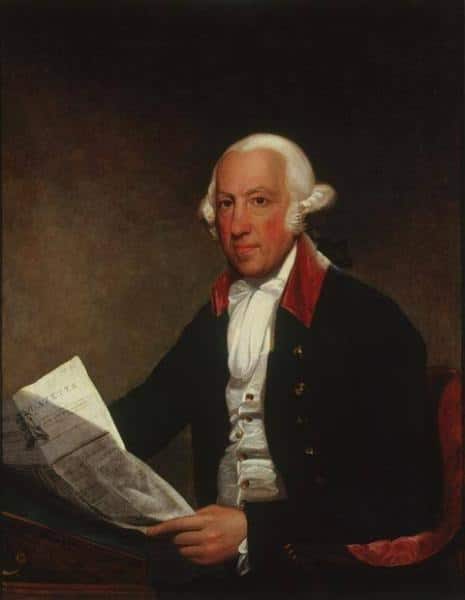
But two years later, after a trip to England, Rivington may have changed sides. Some recent studies suggest that he became a spy for the American colonists. His coffeehouse next to his rebuilt shop became a meeting place for important British officers, and there are documents from that time suggesting that Rivington shared their secrets with George Washington himself.
#10. Yehudit Nessyahu: Helped bring Holocaust mastermind Adolf Eichmann to justice
Yehudit Nessyahu was born in Holland in 1925 but moved to Israel when she was young. She spent much of her life working secretly. In the 1950s, she helped smuggle Jews out of Morocco by pretending to be a wealthy Dutch woman and hiding fake documents in her shopping bags.
In 1960, Yehudit was the only woman on a famous Mossad team. They captured the Nazi leader Adolf Eichmann, who was living in Argentina under a fake name, and brought him to Jerusalem for trial.
Later, Yehudit went undercover in a religious community in Antwerp to help find an Israeli boy who had been kidnapped. She died in 2003.

